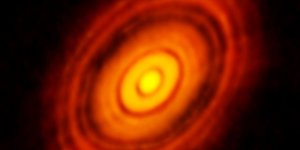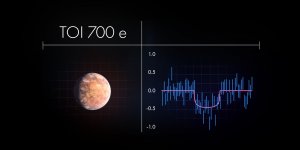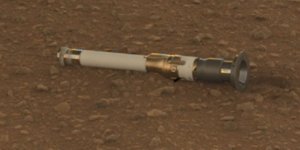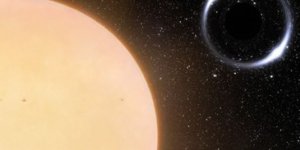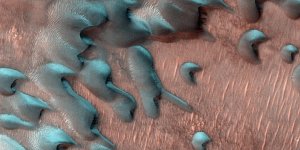| News / Space News |
Webb Detects Extremely Small Main Belt Asteroid
An asteroid roughly the size of Rome’s Colosseum – between 300 to 650 feet (100 to 200 meters) in length – has been detected by an international team of European astronomers using NASA’s James Webb Space Telescope.
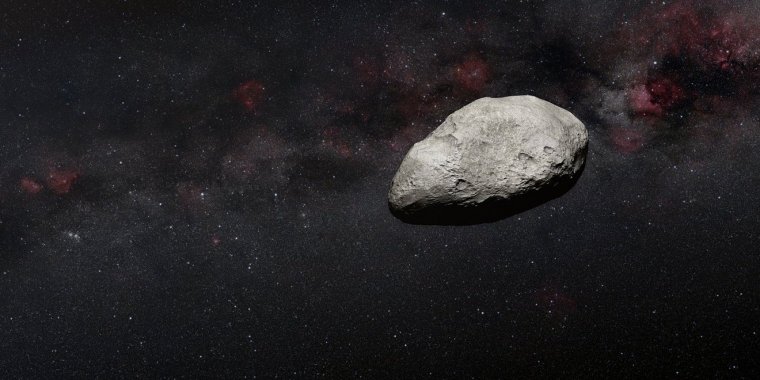
This illustration depicts an asteroid that has been detected by a team of European astronomers using NASA’s James Webb Space Telescope. At 300 to 650 feet (100 to 200 meters) in length, it’s roughly the size of Rome’s Colosseum. Photo:N. Bartmann (ESA/Webb), ESO/M. Kornmesser and S. Brunier, N. Risinger (skysurvey.org)
Their project used data from the calibration of the Mid-InfraRed Instrument (MIRI), in which the team serendipitously detected an interloping asteroid.
The object is likely the smallest observed to date by Webb and may be an example of an object measuring under 0.6 miles (1 kilometer) in length within the main asteroid belt, located between Mars and Jupiter.
These Webb observations were not designed to hunt for new asteroids – in fact, they were calibration images of the main-belt asteroid (10920) 1998 BC1, which astronomers discovered in 1998.
The observations were conducted to test the performance of some of MIRI’s filters, but the calibration team considered them to have failed for technical reasons due to the brightness of the target and an offset telescope pointing.
Despite this, the data on asteroid 10920 were used by the team to establish and test a new technique to constrain an object’s orbit and to estimate its size.
The validity of the method was demonstrated for asteroid 10920 using the MIRI observations combined with data from ground-based telescopes and ESA’s Gaia mission.
In the course of the analysis of the MIRI data, the team found the smaller interloper in the same field of view.
The team’s results suggest the object measures 100-200 meters, occupies a very low-inclination orbit, and was located in the inner main-belt region at the time of the Webb observations.
The detection of this asteroid – which the team suspects to be the smallest observed to date by Webb and one of the smallest detected in the main belt – would, if confirmed as a new asteroid discovery, have important implications for our understanding of the formation and evolution of the solar system.
Current models predict the occurrence of asteroids down to very small sizes, but small asteroids have been studied in less detail than their larger counterparts owing to the difficulty of observing these objects.
Future dedicated Webb observations will allow astronomers to study asteroids smaller than 1 kilometer in size.
What’s more, this result suggests that Webb will also be able to serendipitously contribute to the detection of new asteroids.
The team suspects that even short MIRI observations close to the plane of the solar system will always include a few asteroids, most of which will be unknown objects. (NASA)
YOU MAY ALSO LIKE
